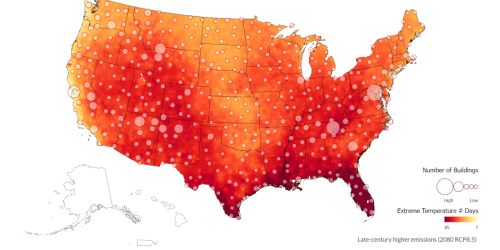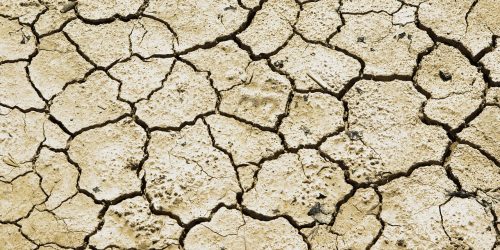Researchers from the National Center for Atmospheric Research (NCAR), funded in part by CPO’s Climate Variability & Predictability (CVP) Program, have found that the fast-warming Arctic has started to transition from a predominantly frozen state into an entirely different climate. Their comprehensive study on changing Arctic conditions, describing these findings, was recently published in Nature Climate Change.
The authors used a group of climate model simulations from the Coupled Model Intercomparison Project 5 (CMIP5) to investigate if the warming in the Arctic observed over the past few decades is one end of a historical climate extreme or if it represents a shift into a ‘new normal’ for Arctic climate. In particular, the study looked at the behavior of three different metrics representing different aspects of the frozen Arctic climate—sea ice, surface air temperature, and precipitation phase (i.e., rain vs. show)—during the twentieth century and projected forward into a warming twenty-first century. Based on the models, the researchers found that a ‘new’ Arctic climate, one with less sea ice, higher temperatures, and longer rainy seasons, will emerge by 2100. For sea ice alone, the emergence of a new climate has already happened. Notably all five climate models used in the study show similar emergence patterns despite their internal differences. All of these changes would have dramatic implications for Arctic communities and local ecosystems. Reductions in greenhouse gases, however, could change or postpone the emergence of a new Arctic climate.










